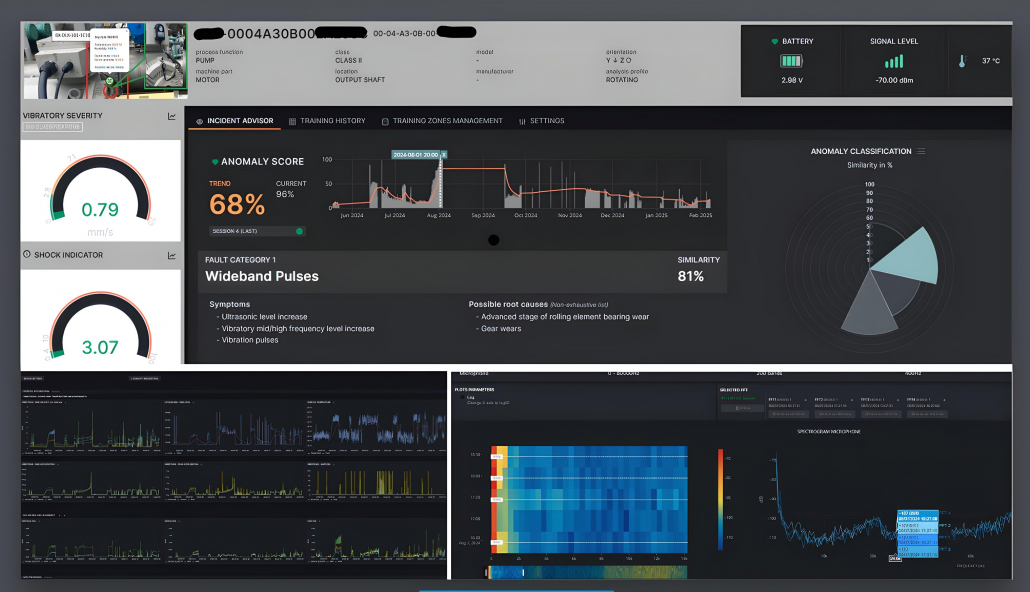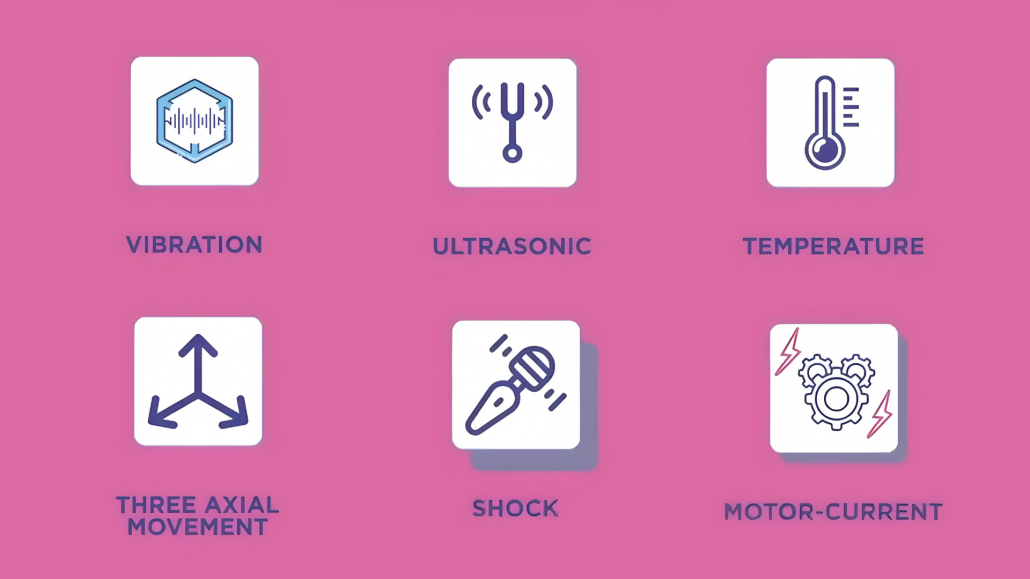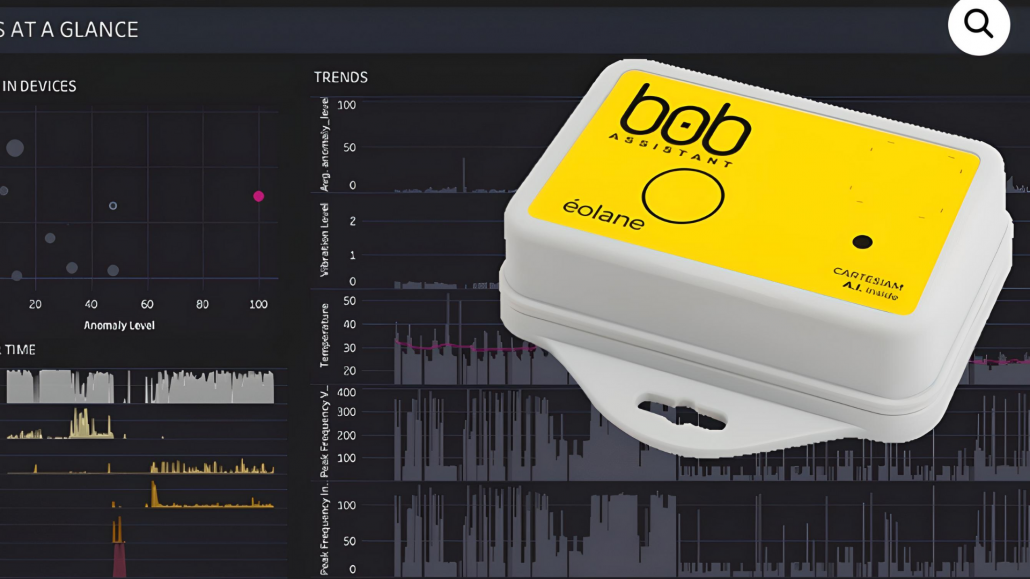Question: What is “normal” differential pressure in a baghouse?
Answer: In most applications a baghouse dust collector should run between between 3″ to 6″ w.g. under normal use. Once levels rise above 6″ (roughly) and the cleaning system cannot return it any lower (even when turned to continuous cleaning or “Test” mode) it is a sign that the filters are beginning to be blinded and likely need to be changed. It is not advisable to run a baghouse with a DP higher than 6″ for any length of time as this will have an impact on the function of the entire system. Running at such a high DP will lead to a serie de problemas, incluyendo pérdida de vacío en los puntos de succión del sistema, menores velocidades de aire en las tuberías, mayores emisiones y mayor consumo de energía.
If you are seeing levels below 3″ after having run the baghouse for sometime you liking are getting lecturas falsas de la presión diferencial.. When brand new bags are installed in a dust collector they should provide approximately 1″ of resistance alone. Once they begin to load dust that number will rise to between 2″ – 3″ no matter how much you clean them.
Un controlador de baghouse con limpieza bajo demanda (i.e. clean on pressure) is the best way to keep a dust collector running in the recommended DP range. (see article: 3 maneras económicas de aumentar la eficiencia en los sistemas de colección de polvo.)

Maintaining the minimum conveying velocity in the dust collection system prevents dust drop out and build up inside the ductwork
Question: What is minimum conveying velocity in my baghouse and why is it important
Answer: The minimum airspeed required to keep dust particles suspended in the conveying system (i.e. dust collection system). When the air in any part of the dust collection system slows below the minimum conveying velocity the dust will begin to drop out of airstream and settle to the bottom of the ductwork (known as product drop out).
Maintaining the airspeed throughout the system above the minimum conveying velocity is required to prevent the accumulation of dust in the ductwork. Overtime, dust can accumulate into large piles, eventually blocking off part of the ductwork and reducing suction downstream in the system, further compounding the problem. Blockages can also cause the passing airstream to accelerate (forcing same air through a smaller space) that can lead to abrasion issues and eventually wear holes into the ductwork. Large accumulations of dust can eventually collapse sections of the ductwork due to the added weight.
Preventing product drop out is even more serious in applications involving combustible dust. Any accumulations of dust within the ductwork provide a potential fuel source for any ignition source that may find its way into the ductwork such as sparks. Additionally, if a fire starts in one part of the system it could continue to propagate throughout the rest of the system being fed by the accumulations in the ductwork. Further, if the system is operating below capacity due to blockages, dust may accumulate elsewhere in the facility including on elevates spaces that can then become fuel for both explosiones primarias y secundarias..






